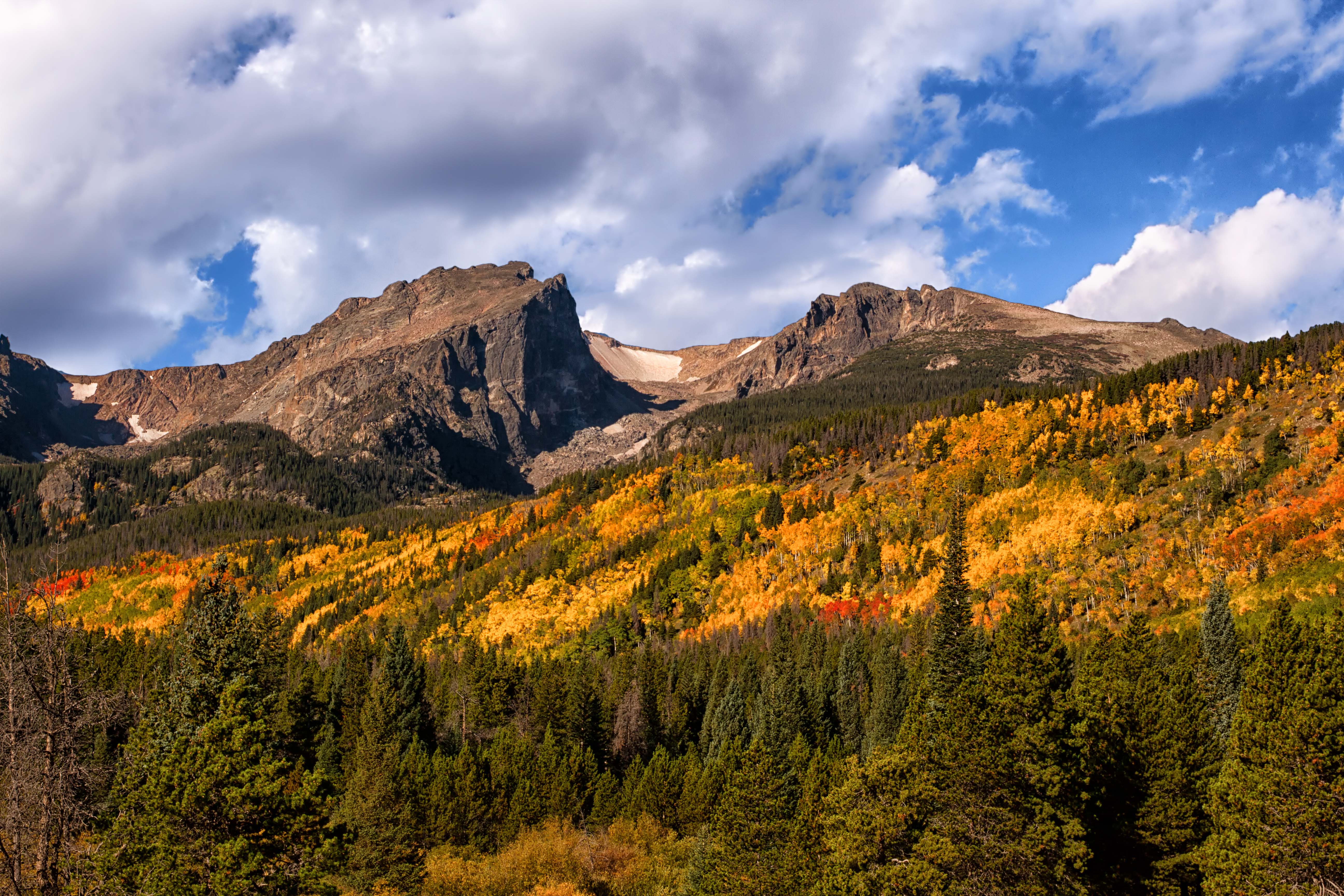
If you’re a first-timer to the Rockies, your best bet is to choose one of the many fantastic national parks, monuments and historical sites in the area. Here are our top picks for the Rocky Mountain's best natural experiences.
The emerald jewel in Colorado's scenic crown is Rocky Mountain National Park. Home to an abundance of wildlife including rare birds, giant herds of elk and bighorn sheep, not to mention all the hidden lakes and backcountry vistas to die for, this park should be near the top of your list – particularly if you’re after hiking, camping or birdwatching or, in winter, cross-country skiing and snowshoeing. The usual entry point is Estes Park, a friendly town at the foot of the Rocky Mountains. The main road through the park is closed in winter, so if you’re planning a spring or fall visit, be sure to check that it’s clear. Entry fees are $20 per car, $10 per bicycle/motorcycle and are valid for seven days. Ask about park shuttles at the visitor center.
At the opposite end of the spectrum, the Great Sand Dunes seem like they were relocated to Colorado from some entirely different landscape – somewhere on Mars, possibly. The park comprises 30 square miles in the San Luis Valley, itself an aridly gorgeous landscape worth a visit. Hiking the dunes is a fun experience, but remember to bring plenty of water – the sand gets hot. Also, consider bringing a plastic sled or garbage bag to speed up the return trip; sliding down a dune is a blast. Entry is $3 per adult, good for a week, or $15 annually for a family.
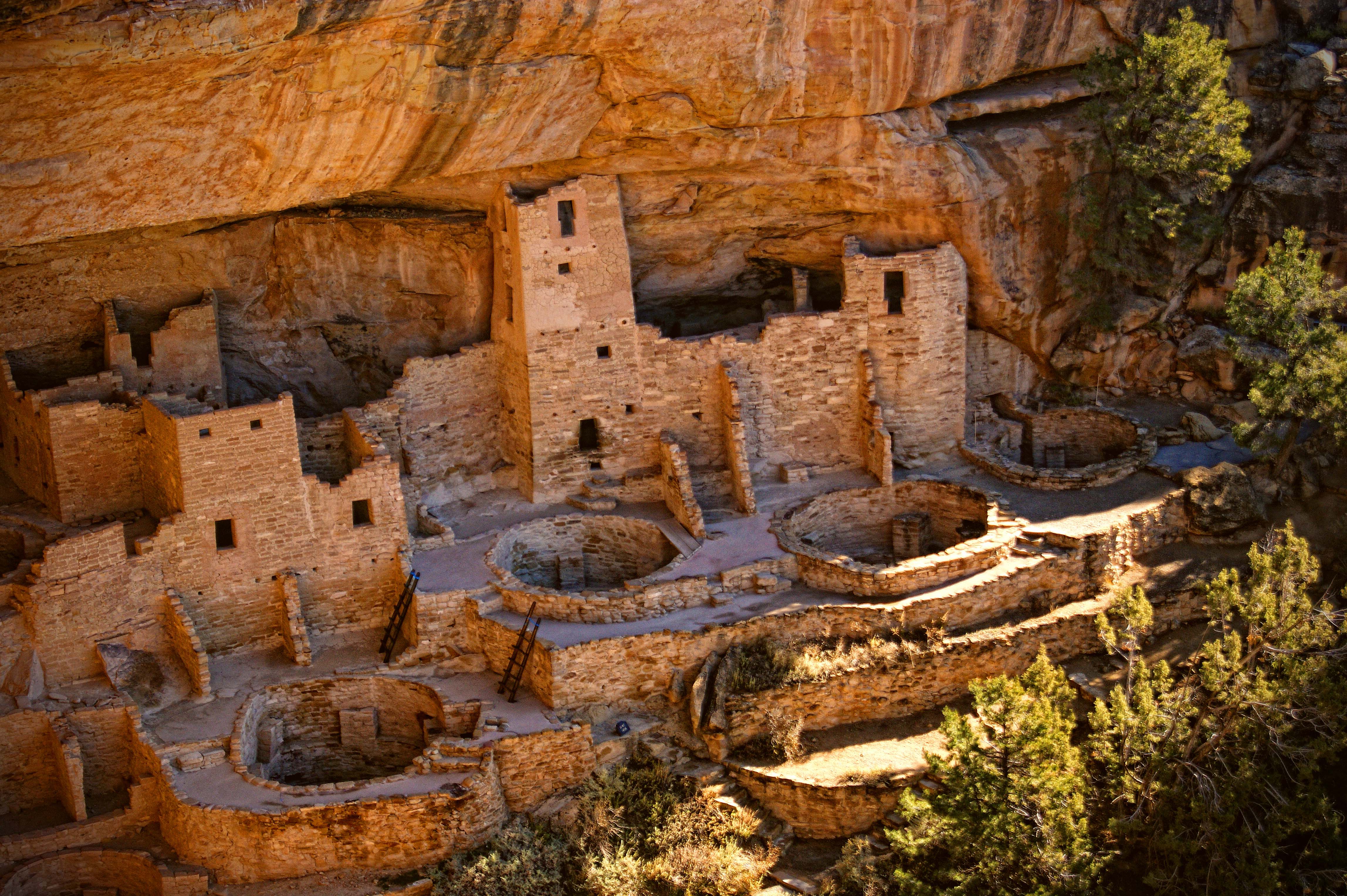
For a hair-raising history lesson, visit Mesa Verde National Park, the well-preserved home of the Pueblo people, who disappeared in the 1300s. The best way to experience the place is to take a ranger-led tour among the chutes and ladders of the cliff-wall settlement. If you have less time, stop at the Chapin Mesa Museum. The towns of Mancos and Cortez are both good entry points. Admission is $15 per car in summer, $10 the rest of the year, good for seven days.
Known for one of the most spectacular roads in the USA, not to mention its namesake glaciers, Glacier National Park is a must for hikers and wildlife watchers. Venture beyond the main thoroughfare – the amazing 50-mile Going-to-the-Sun Road – for solitary hikes through mountain valleys and past iridescent blue lakes. Grizzlies are a big deal here, and it’s exciting to see them under the right circumstances – just be sure to talk to rangers and take their advice about safety precautions. The park is open all year but most facilities are closed from late September through mid-May. Whitefish is one of the nicest gateway towns in the country. Admission to Glacier is $25 per vehicle in summer, $15 in winter, good for seven days.
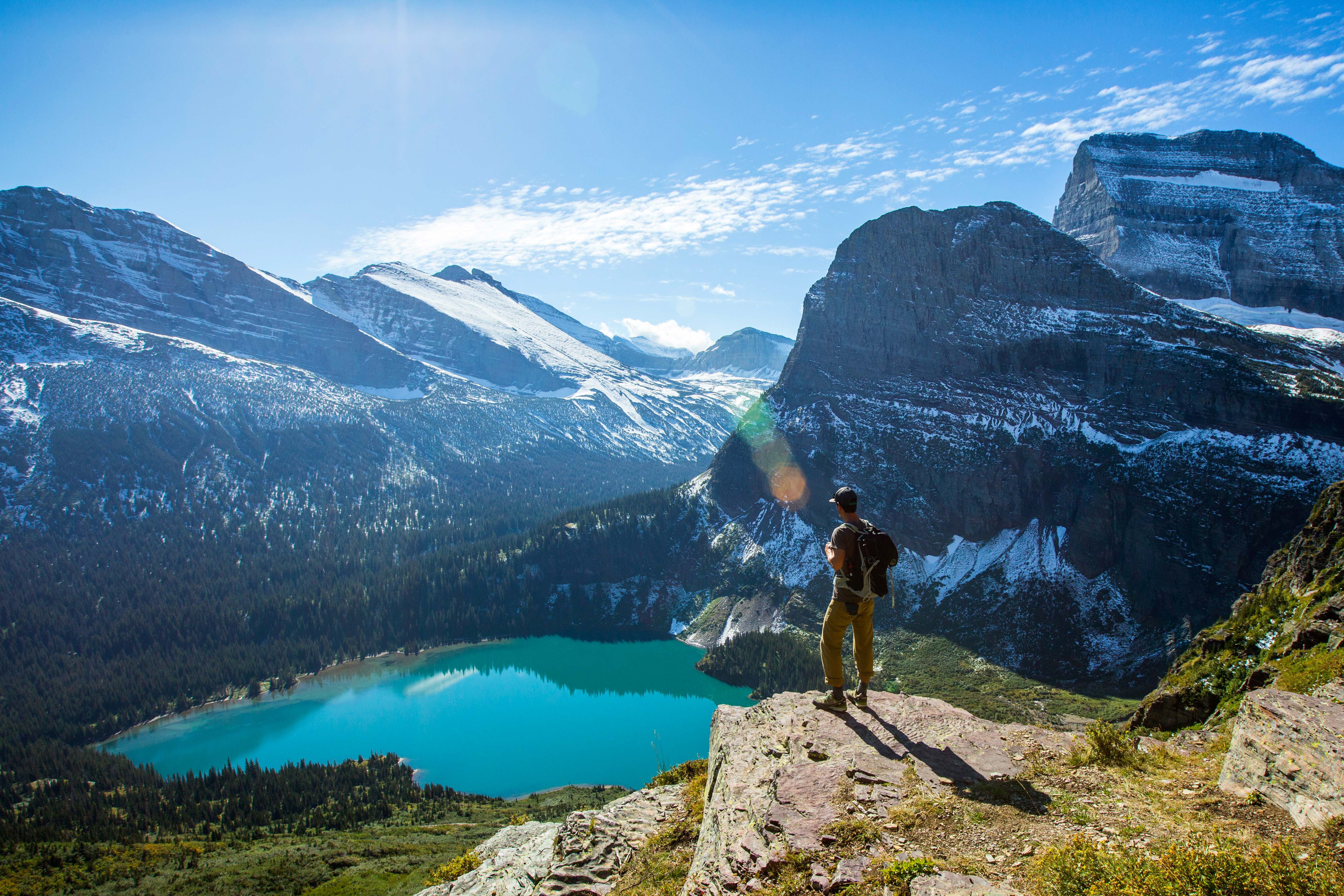
Unless you love open prairies and dry heat, you’re unlikely to be wowed by the sheer beauty of the Little Bighorn Battlefield National Monument, but it’s an important place in the history of the American West. Inside what is now the Crow Indian Reservation, this is where, in June 1876, General George Custer made his famous ‘last stand’ and was trounced by the Northern Plains Indians. A signposted walkway leads visitors through the battlefield itself, but the best way to get a feel for what happened is to attend one of the rangers’ talks at the visitor center. Admission is $15 per vehicle, $10 for individuals (on foot or cycle).
With its stunning rocky peaks that seem to jut straight up out of pristine lakes, the Grand Teton National Park is a mountaineer’s dream. It’s also ideal for hikers, boaters, backpackers and wildlife seekers. Check out Exum Mountain Guides for climbing tours and instruction, or just plan some hikes along the park’s many varied trails – talk to guides at one of the ranger stations before setting out in early spring or fall, as weather and conditions can be unpredictable. And be bear aware – this is bear country, and run-ins are frequent. You’ll find a good visitors center in the village of Moose, but the town of Jackson is also a fun and handy base. Admission is $30 per car, good for seven days.
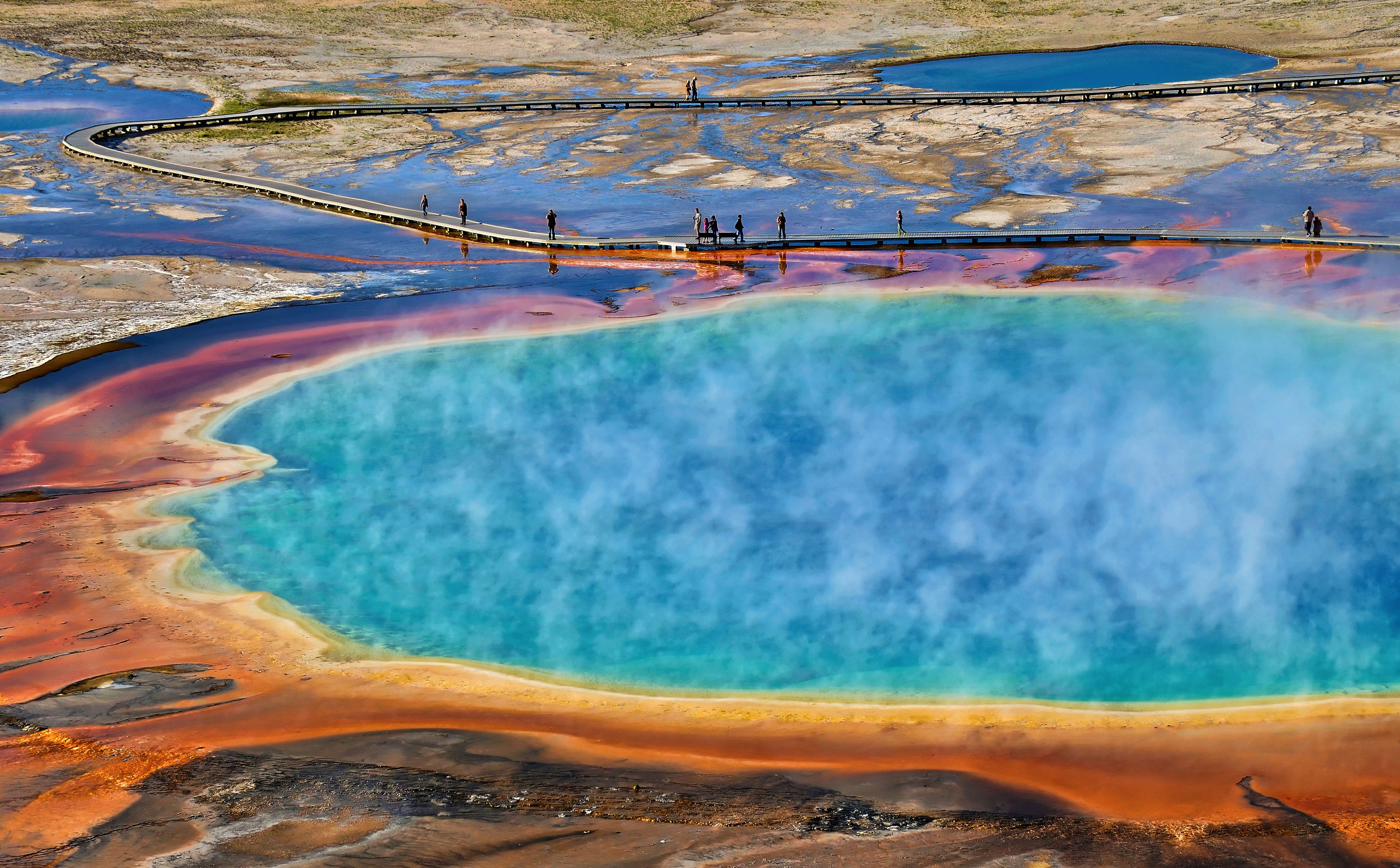
Maybe the definitive American national park, as well as the world’s first, Yellowstone National Park is a highlight of any Rockies trip. The weird landscape – geysers boiling and bubbling up out of the steaming earth – feels (and, in places, smells) otherworldly. It’s great for hiking and is home to wolves, grizzlies and bighorn sheep. You can simply drive the 142-mile paved road that loops the park, but it’s a shame not to stop and explore beyond the easily accessible boardwalk trails. And don’t forget to peek into a lodge or two – the park’s architecture is a wonder in its own right. Cody, WY, is a good base town. Admission is $30 per car, or $50 combined with Grand Teton park, good for seven days.
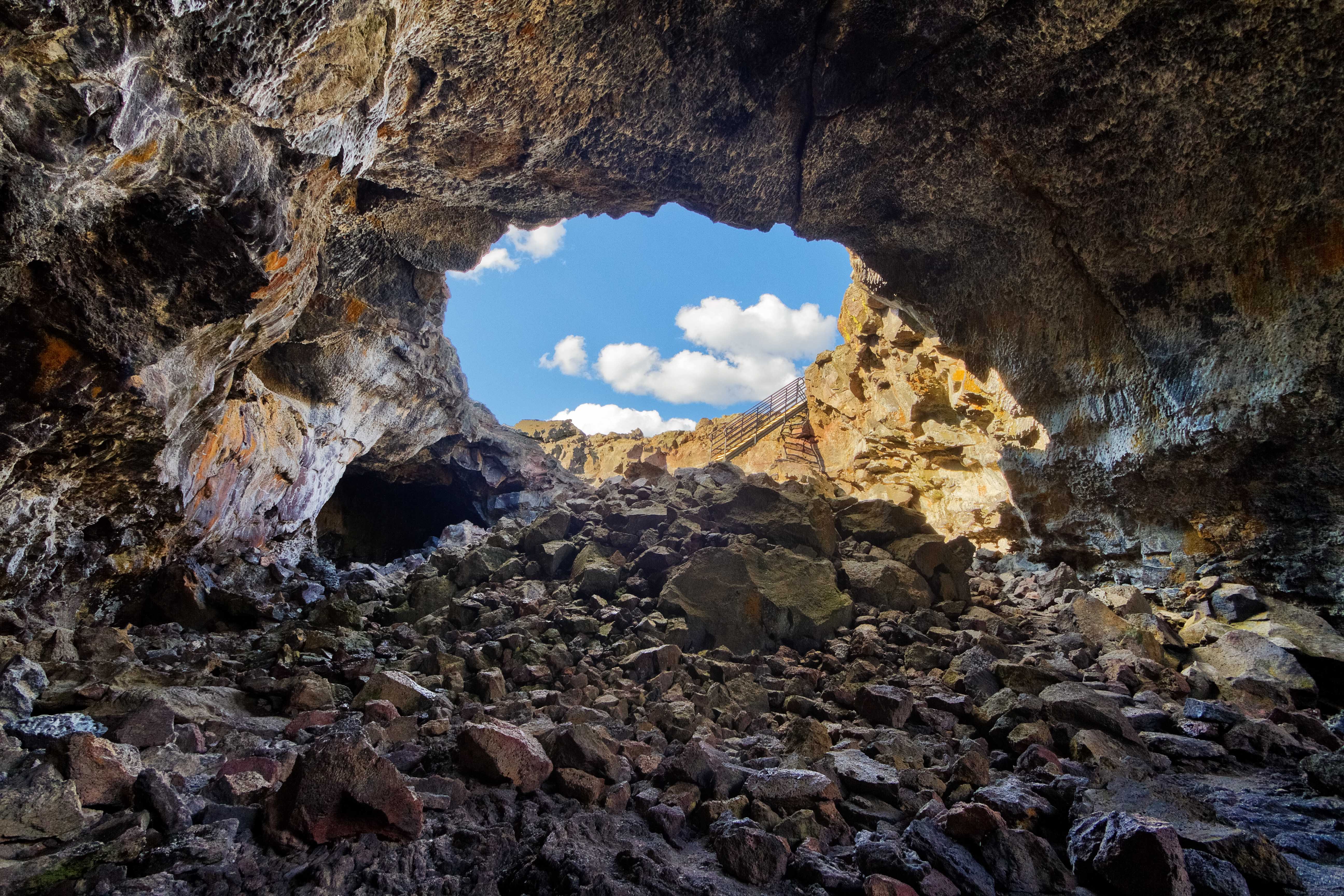
Craters of the Moon National Monument is another of those unreal-seeming landscapes, thanks to its black volcanic ground, cinder cones and lava formations. The loop drive (closed in winter) provides some great, eerie vistas, and the trails leading away from the road are mostly accessible and family friendly. If you have time, it’s worth exploring the lava caves (permits required from the visitor center). Carry plenty of water, especially during summer, which can be brutally hot here. The park is about an hour south of Ketchum, ID, and there’s a small campground at the entrance ($10 per site). Admission is $8 per vehicle.